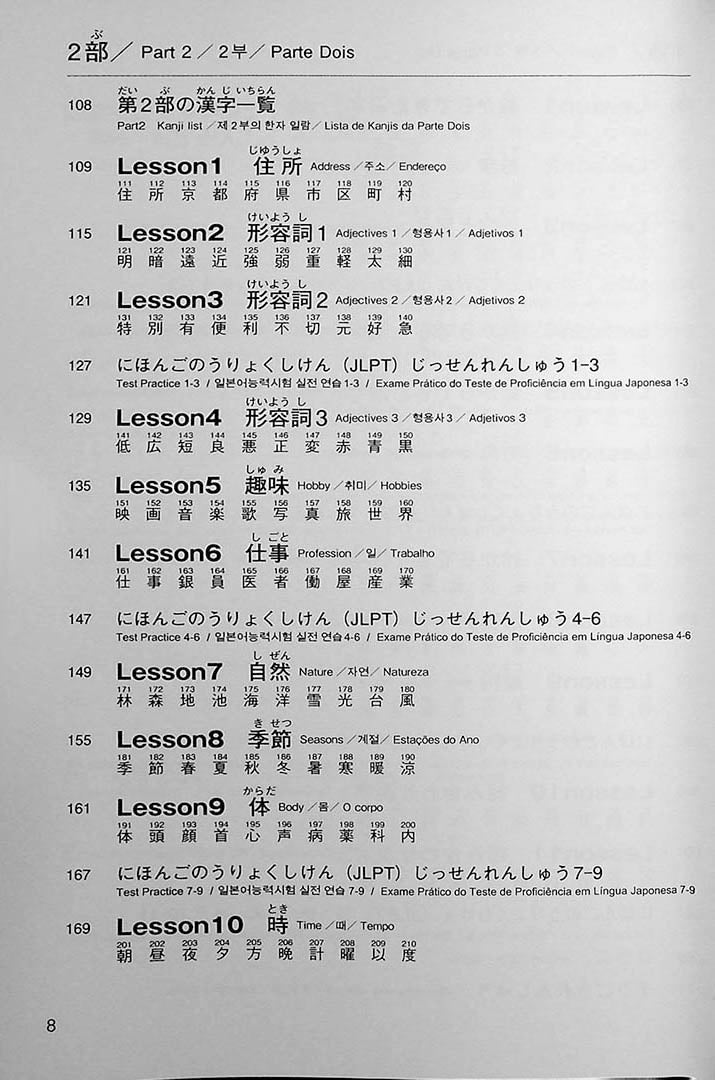
The good news? These kanji are used so often that you’ll see them over and over again in the vocab you learn and the texts you read. These kanji can change slightly between tests, but you can generally expect to see the 100 most common kanji for verbs, numbers, time, places, people, basic adjectives, and directions. One of the most daunting tasks when starting to learn Japanese? Kanji.Īt the N5 level, the JLPT expects you to know about 100 kanji to pass. Why You Need to Know Kanji for the JLPT N5 Test Plus, you’ll need to be totally comfortable reading all the hiragana and katakana characters. My two favorite resources for studying grammar at this level are Genki I and JTest4U. I recommend starting with the Core 101 Japanese words, and about 50 basic grammar patterns. You should know around 800 vocabulary words. To pass the JLPT N5 test, you have to be able to read Japanese at a basic level and understand simple conversations from daily life and school.

The article below goes in-depth on the topic, if you want a quick overview here’s a video I made:Įven though the JLPT N5 test is the most basic formal Japanese test, passing the test is still a big achievement.

Why You Need to Know Kanji for the JLPT N5 Test.


 0 kommentar(er)
0 kommentar(er)
